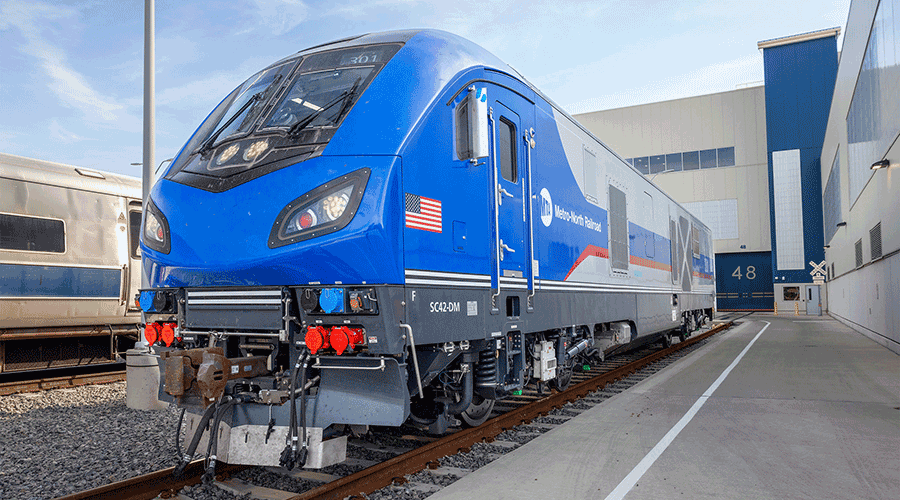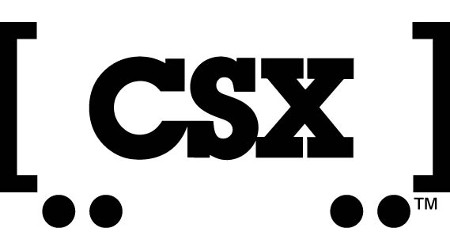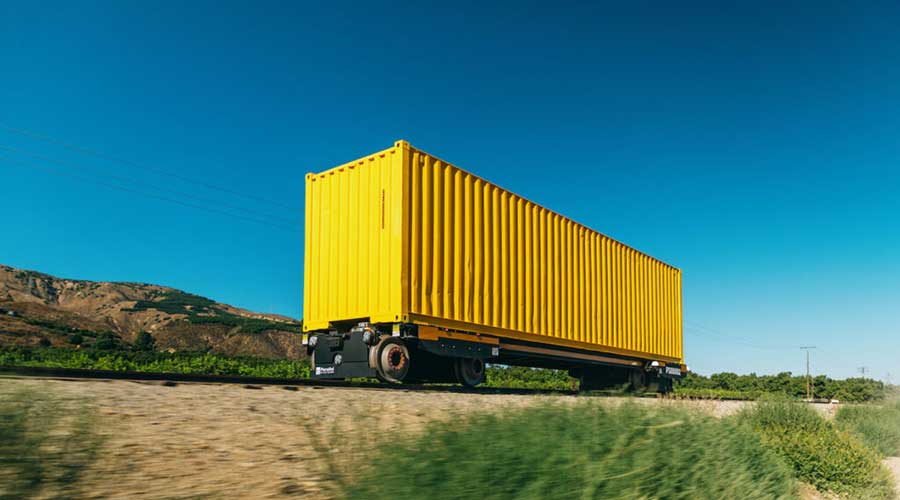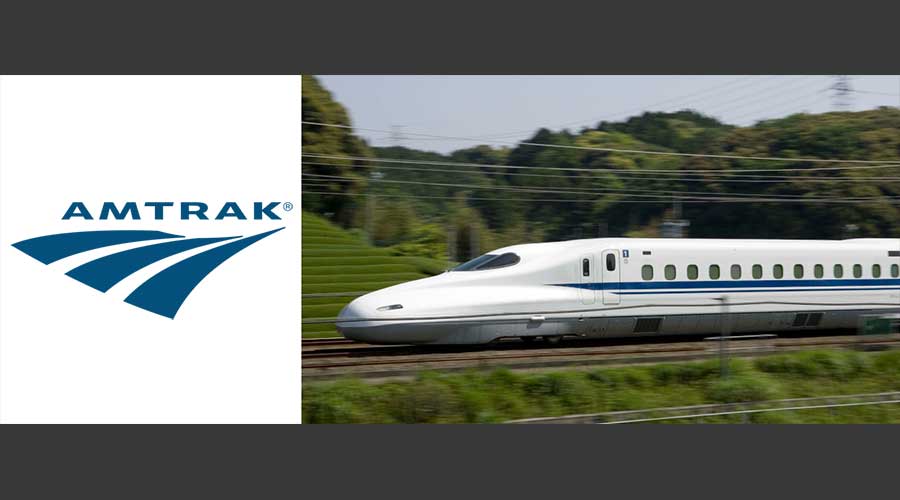Stay updated on news, articles and information for the rail industry
6/29/2017
Rail News: Maintenance Of Way
WMATA tests tunnel material to prevent arcing incidents
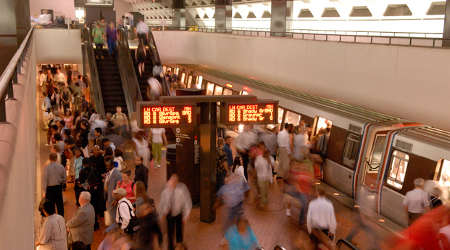
The Washington Metropolitan Area Transit Authority (WMATA) on July 10 will add a waterproof membrane to the exterior of Red Line tunnel walls to help prevent leaks and arcing insulator incidents.
A proprietary, polymer-based material will be installed along a 2,000-foot section of a 9-mile tunnel segment that runs from the Farragut North Station in Washington, D.C., to the Grosvenor Station in North Bethesda, Maryland.
After crews inject the material into the walls, it forms a rubberlike impenetrable membrane between the exterior of the tunnel and its surroundings. This technique is known as "curtain grouting."
The oldest bored section of WMATA's rail system, that 9-mile segment of the Red Line was designed and constructed prior to the widespread use of the "New Austrian Tunneling Method," which provides tunnels with a waterproof membrane.
Due to tunnel leaks, the agency uses massive drainage pumping stations to remove millions of gallons of water each week. The presence of moisture and dripping water is a "leading cause of arcing insulators," WMATA officials said in a press release.
In addition, more than two-thirds of all arcing insulator incidents have occurred along this segment of the Red Line. As recently as June 23, Red Line service had to be suspended in two separate areas due to arcing insulators caused by water infiltration.
The incidents caused widespread delays and crowding for tens of thousands of riders.
Water also corrodes the track bed, rails, fasteners, communication cables, pipes and other components — all of which need to be replaced more frequently along this section.
What's more, the water entering the tunnels carries mineral deposits that accumulates as a "muck-like" substance in switches and other components needed for train movement.
"Just as we have addressed the root causes of track infrastructure problems and railcar reliability issues, I want to address the water infiltration problem head on and find a sustainable solution," said WMATA General Manager and Chief Executive Officer Paul Wiedefeld.


 2025 MOW Spending Report: Passenger-rail programs
2025 MOW Spending Report: Passenger-rail programs
 Gardner steps down as Amtrak CEO
Gardner steps down as Amtrak CEO
 Guest comment: Oliver Wyman’s David Hunt
Guest comment: Oliver Wyman’s David Hunt
 Women of Influence in Rail eBook
Women of Influence in Rail eBook
 railPrime
railPrime




